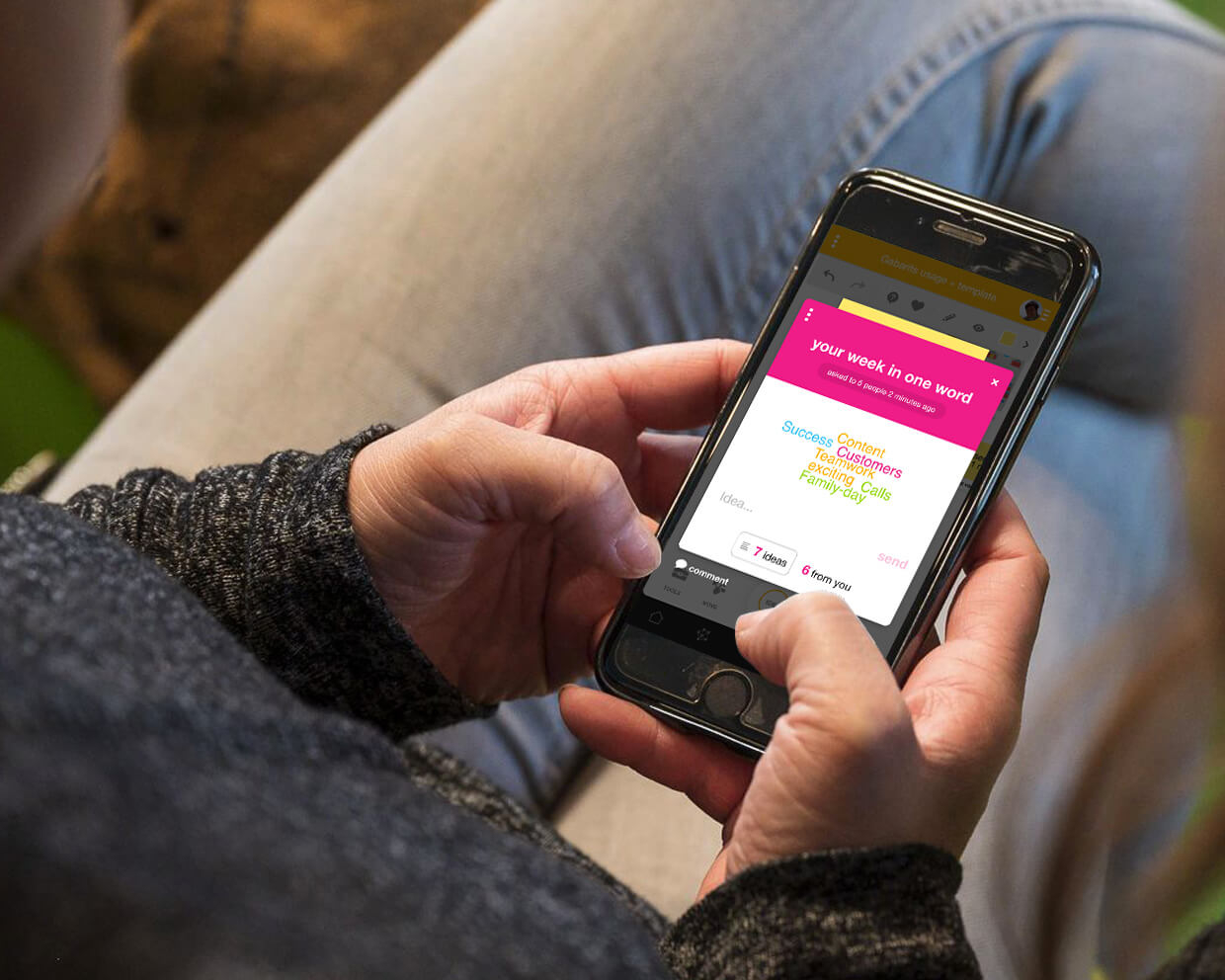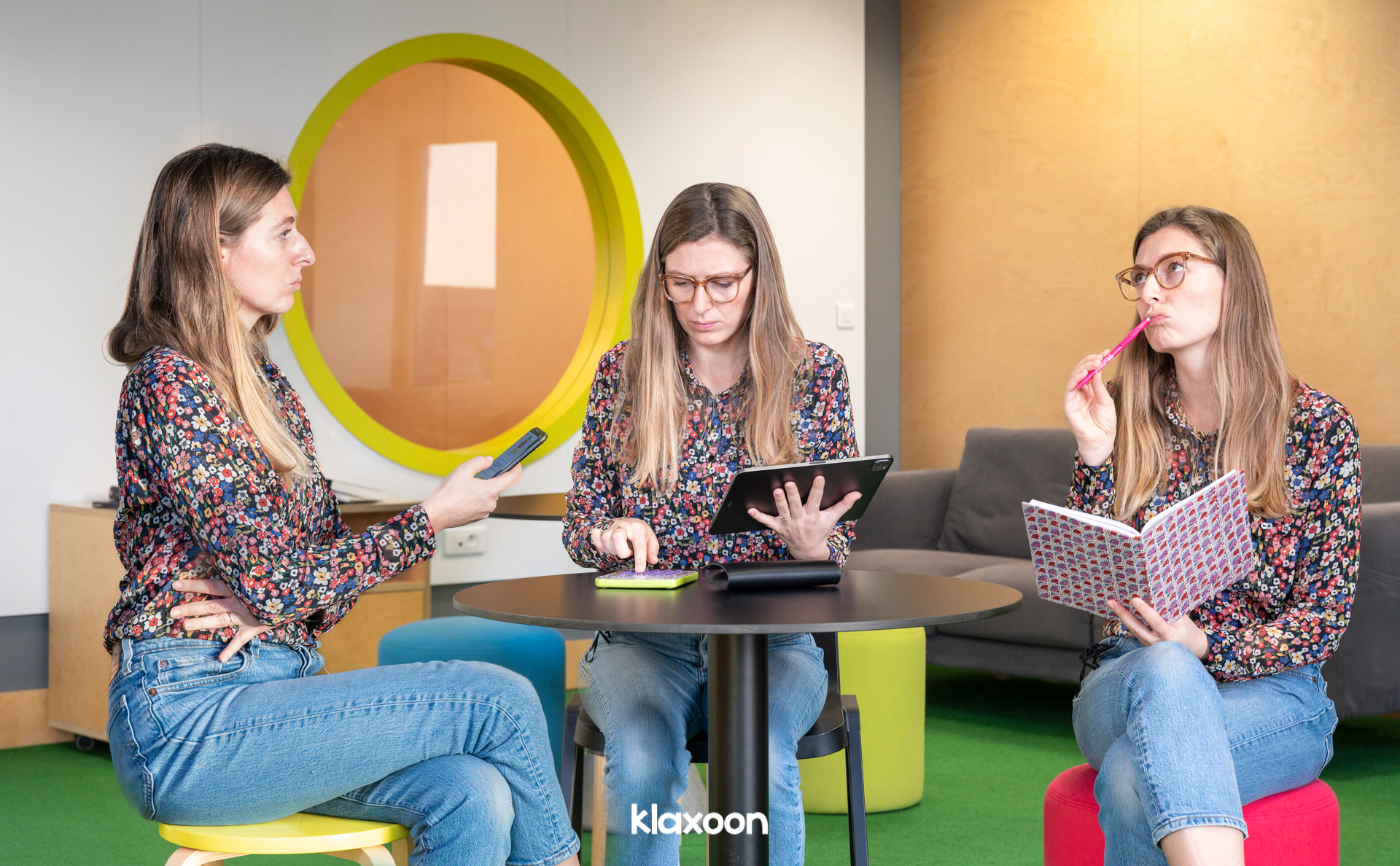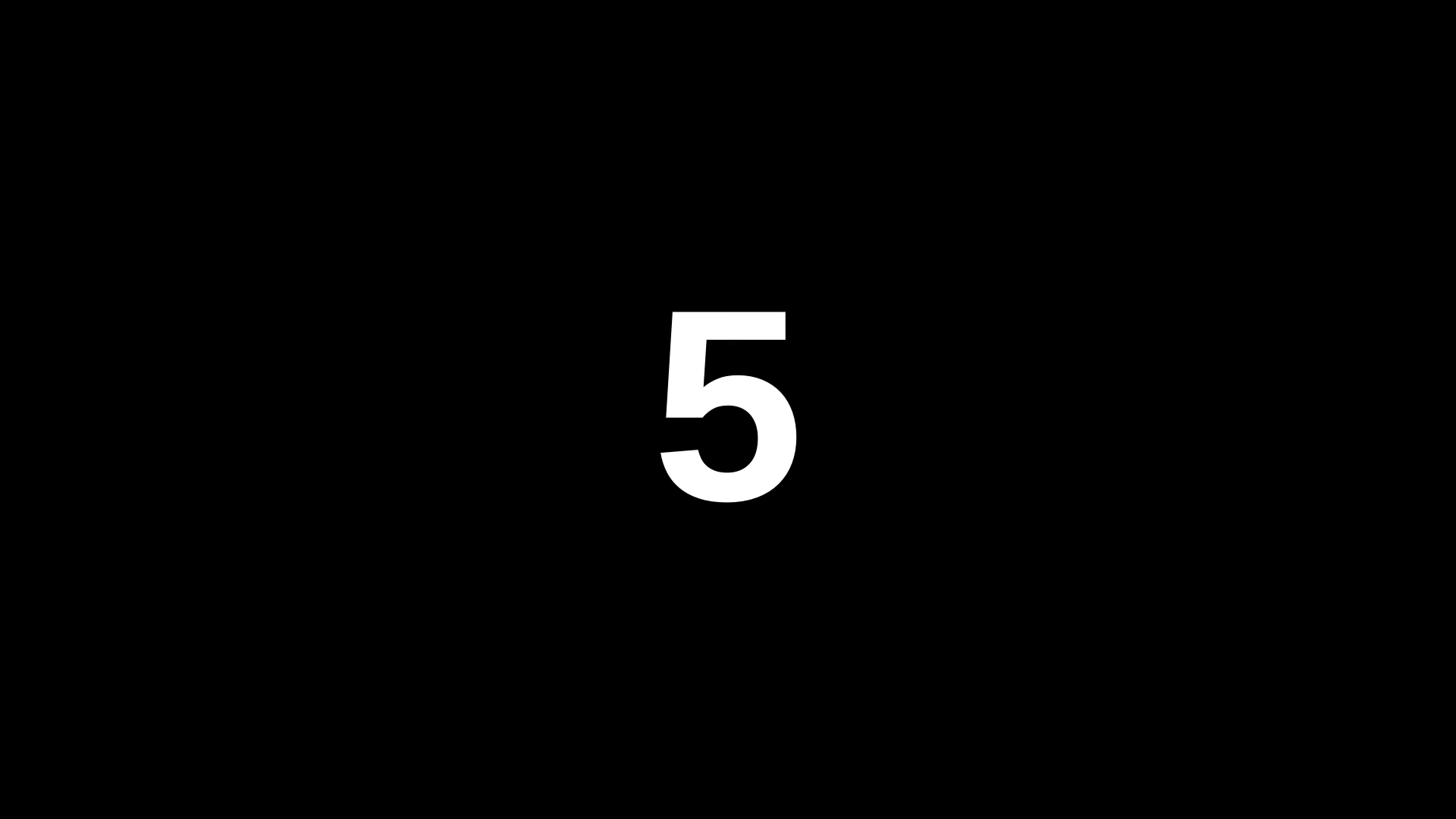How to run an ideation workshop? A complete guide
Published on February 14, 2025
How to run an ideation workshop? A complete guide
Do you think being a genius is a gift from life? No it's not. To quote Thomas Edison, "genius is one percent inspiration and ninety-nine percent perspiration." Let's not forget he was a genius himself.. Of course, we're not all equal when it comes to inspiration (or even perspiration). But there are some excellent solutions to stimulate creativity and come up with new and brilliant ideas.
An ideation workshop is a dedicated moment for a team to design new ideas and projects. An ideation workshop focuses on innovation and creative solutions. Nielsen Norman Group defined the concept of ideation as follows: it is the process of generating a broad set of ideas on a given topic, with no attempt to judge or evaluate them. With this definition, it is important to aim quantity rather than quality. The more ideas you'll have, the better ones you'll find.
As in any workshop, facilitation may be a powerful tool to help you to succeed. Here are some advices to do workshop facilitation.
As a team, as a collective, or as a company, you will always need to find new ideas, new products, new solutions. The classical Design Thinking approach is using ideation as one of the 5 steps in its methodology. Ideation workshops help people to always work by thinking about the final users. It is also the perfect way to reunite people from different teams - not only designers - to think out of the box and adopt new ideas and solutions.
In short, ideation workshops are an unlimited source of creativity, as they bring together diverse skills and experiences for the benefit of a project. However, even the most creative exercises can't make things happen without an appropriate method. There are countless ways to stimulate group creativity. Easy to set up for generating ideas and bringing groups together, here are four tips that will help you improve your workshops.
Two brains are better than one. In other words, if lots of people think about something, they will get better results than you can get by thinking on your own. As the old saying goes, "Alone we go faster, together we go further". Yet, it’s not always easy to express yourself in public and come up with ideas as a group.
Just like any physical activity, you have to warm up beforehand. And that’s good for everyone! Even if you already know the other participants, you need to create a climate of trust within the team. This must fit all the participants, from the most confident who submit 1,000 ideas per minute, to the shyest who hesitate to speak up.
This warm-up, to ensure you get off to a good start, perhaps even before launching your workshop, is the Icebreaker.
As the name suggests, it will help you break the ice between the participants. This could be a game or a question as an introduction to a workshop. For example, Billy Fautrelle, Learning and Skills Development Partner at Orange, uses a game to help his participants get to know each other. "The goal of my icebreaker is to start the session and connect people, especially if they don't know each other. It's fun, it wakes everyone up and the training session starts off on the right foot!"
Don't forget that apart from being colleagues and team members, you work with people. Humans are social animals, and as such, they work smarter when they build enough trust to interact with others. Stepping outside the box can be a very useful way of improving performance during the next steps.
For Patrick Chossat, Head of Continuous Improvement at RGIS, this works for synchronization workshops. Before they even start, Patrick sends all participants a simple question, such as "How is your week going?". With 100% participation, this icebreaker helps everyone to throw themselves into the meeting and the activities, to foster discussion.


A simple question to the team can bring in the first creative ideas.
Do you know what "abstraction" is? In storytelling, this is a technique for reducing the number of elements in a story (characters, places, objects etc.) to the absolute minimum to "abstract" - hence its name - the essence of the plot. A way of stimulating creativity through emptiness. And do you know who uses this method today? None other than Pixar Studios (Toy Story, Finding Nemo, Ratatouille etc.). For each new project, they ask themselves this simple question, "What is important for our story?", and that's it. That’s their recipe for timelessly successful stories for thirty years or so.
Which only goes to show that creativity, ideas and inventiveness do not come out of nowhere, they are often the result of a thinking process involving many people. While Pixar Studios rely on abstraction to write their stories, here are some creative strategic solutions for your workshops.
Let’s stick with animation and look at Walt Disney Studios. Their strategy involves three different roles, to take a step back from your ideas, look at things from a different perspective and mix everything up to better nail down a project. These three roles are the dreamer, the realist and finally, the critic.


Each of the roles has specific characteristics that will make you think differently.
By switching from one role to another in turn, you can come up with ideas and then analyze them together, choose the ones you think are most relevant and launch your action plan. The perfect combination of dreaming, reason and criticism.
Contrary to what its name might suggest, the Creative Matrix has nothing to do with the movie saga. Now, let’s leave the world of cinema, and switch to pure ideation. Using a double-entry chart, you can come up with new ideas by combining two criteria. Like mixing two colors to get a third.
Let's take the Lego company as an example. They make small plastic bricks, and have achieved the enviable feat of selling millions of building sets to adults for their own usage. How did they do it? By developing a range of products based on world-famous stories (Star Wars, Harry Potter or Marvel) with more pieces and more elaborate constructions. The perfect way to awaken our inner child. And it has paid off; the percentage of AFOL (Adult Fans of Lego) buying products has increased from 5% to 20% since 2011.
They don’t say whether they have used a Creative Matrix template, but who knows?
Don't worry, this template won't drive you crazy. This brainstorming exercise is based on the number 8, for the number of minutes it takes to complete it, as well as the number of different tackled topics. 8 topics, 8 minutes and as many ideas as can be posted, in the form of photos, videos, links, documents. It's all about quantity rather than quality. At the end of this boundless brainstorming session, the best ideas emerge and the team can then develop its action plan.
Vincent Arcin, Director of Digital Services at L'Oréal, used this method for a workshop. To boost sales in the run-up to the holiday season, Vincent arranged two 2.5-hour "Crazy 8" brainstorming sessions for his teams. Vincent and his team have gathered countless information and ideas. The fact that the group has one minute per topic stimulates creativity, and prompts employees to be upfront and quick when formulating their ideas. For workshops and considering the number of participants, it saves a huge amount of time and makes them much more effective!
Sometimes, you may just need some help to connect ideas between them. In this specific case, you can also use mind mapping workshop.
"Why do I stand up here? [...] I stand upon my desk to remind myself that we must constantly look at things in a different way. You see the world looks very different up here." (Robin Williams, Dead Poets Society, Peter Weir, 1989)
Have you ever thought about looking at things from a different perspective? Experience, sensations and feelings differ from one person to another. They shape how we understand our environment and how we react in everyday life. Bringing together different people, with different opinions and different experiences are ways to get lots of perspectives and better brainstorming. Putting yourself in someone else's shoes changes the way you look at things, helps you to see the bigger picture and often find better solutions. In a workshop, the value of having different perspectives is a no-brainer.
And there are many ways to make people look at things in a different way. For example, the Walt Disney’s creative strategy discussed above, using the 3 different roles, or "De Bono's Six Thinking Hats" technique.
With this technique, you look at one topic from all possible angles. The hats represent creativity, caution, logic, control, emotion and optimism, and you have to change your way of thinking to match with the perspective you represent. With your colleagues, you can take an in-depth look at a topic, generate ideas, challenge your perspective, identify what to look out for and move your project forward together.
Merry Strullu, a managerial innovation consultant and trainer, used the Six Thinking Hats technique for her workshops. According to her, the benefits are manifold: "The six thinking hats technique opens up new possibilities on a given topic and results in solutions and concrete actions that engage the whole group because everyone has participated."
Try to find out how. What do Crazy 8, Walt Disney's creative strategy, De Bono's hats and the Creative Matrix have in common? Obviously, they’re templates to stimulate creativity. And they are all limited in time. One minute per idea for Crazy 8, five per role for Walt Disney and the same for each Creative Matrix box etc.
Just as self-imposed constraints can be liberating – remember "abstraction" – brainstorming in a short period of time makes everyone more efficient and creative. You generate more ideas, initiate discussions, and then take your time to dig deeper into your best ideas.
Your time limit makes you more focused. And transports you from imagination to action.
This is what Jean-Christophe’s teams were able to achieve. When they were forced to launch a new product in just 4 months for their medical diagnostics company, the workshop they had set up was an opportunity for everyone to express their creative thinking in the shortest time, and turn it into a concrete plan.


Setting a timer can also improve team efficiency during ideation workshops.
Thanks to this time constraint, Jean-Christophe and his team were able to speed up their decision making, and make sure the brainstorming focused on action and results. And their product was a success.
You must keep in mind that these ideation workshops are a time for turning ideas into action. And remember these principles:
With these few tips, your 99% perspiration will get the best results, and your 1% inspiration for sure will increase massively!
Unlock your teamwork potential